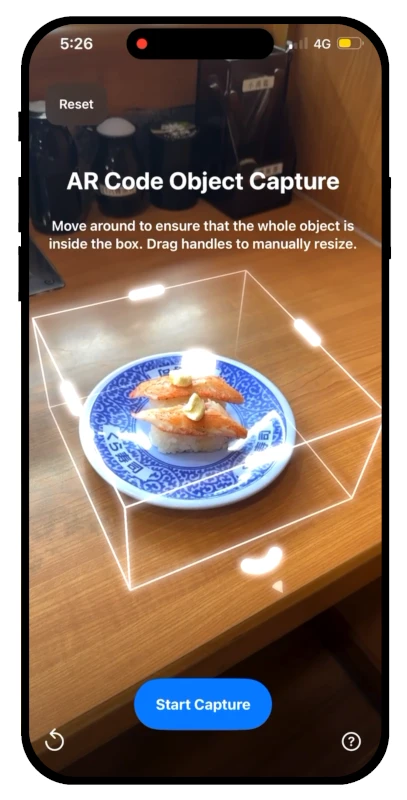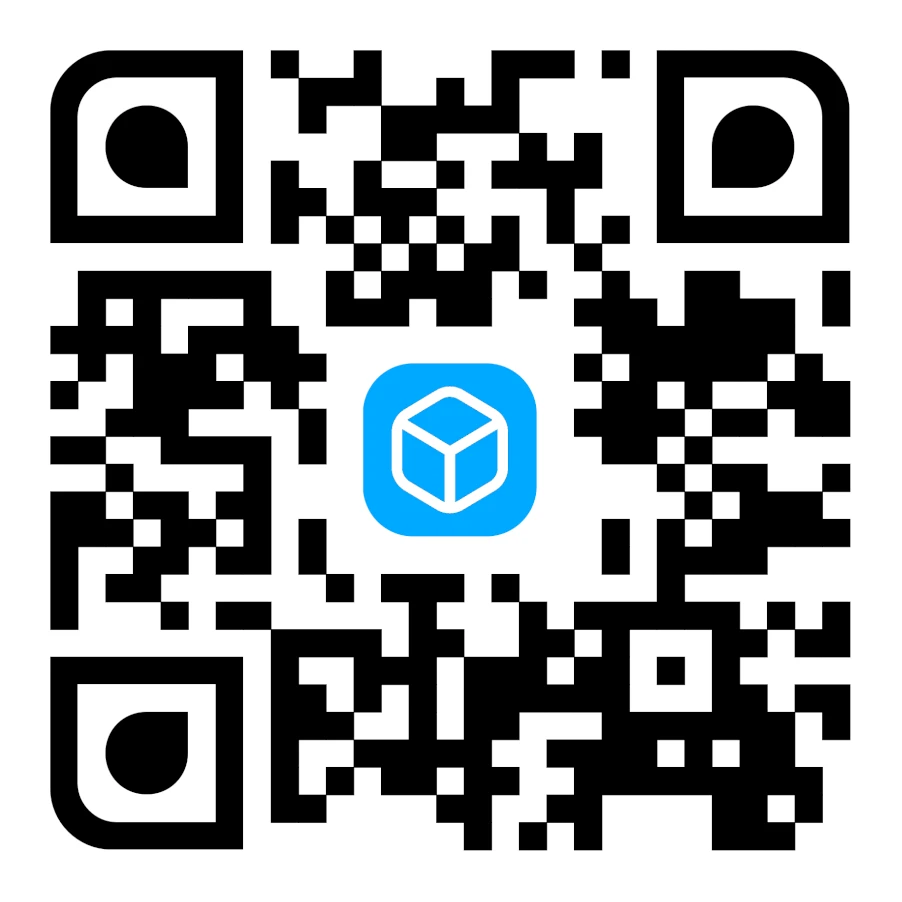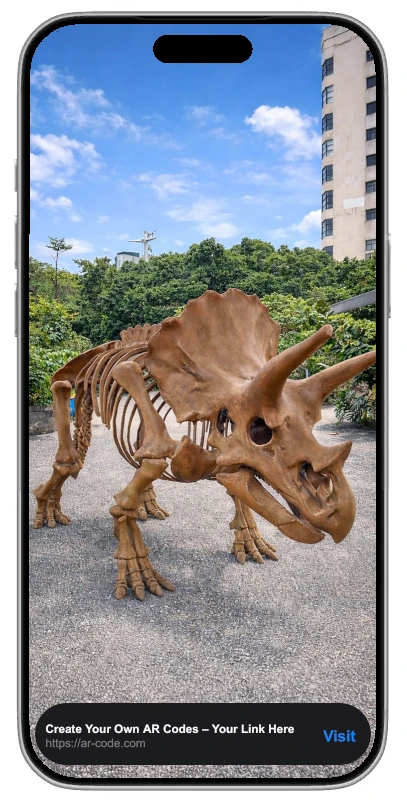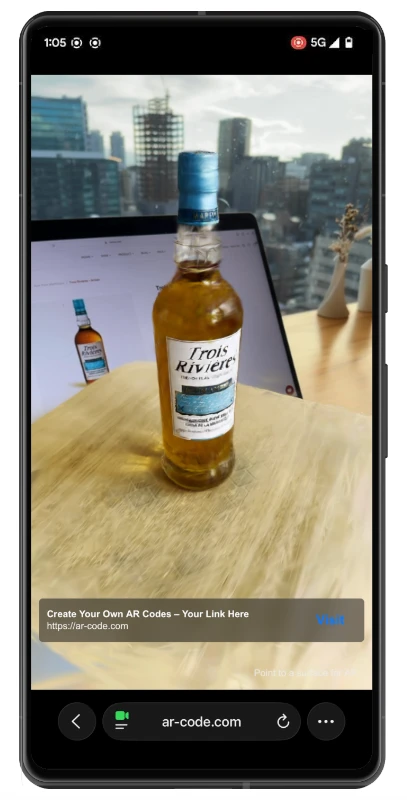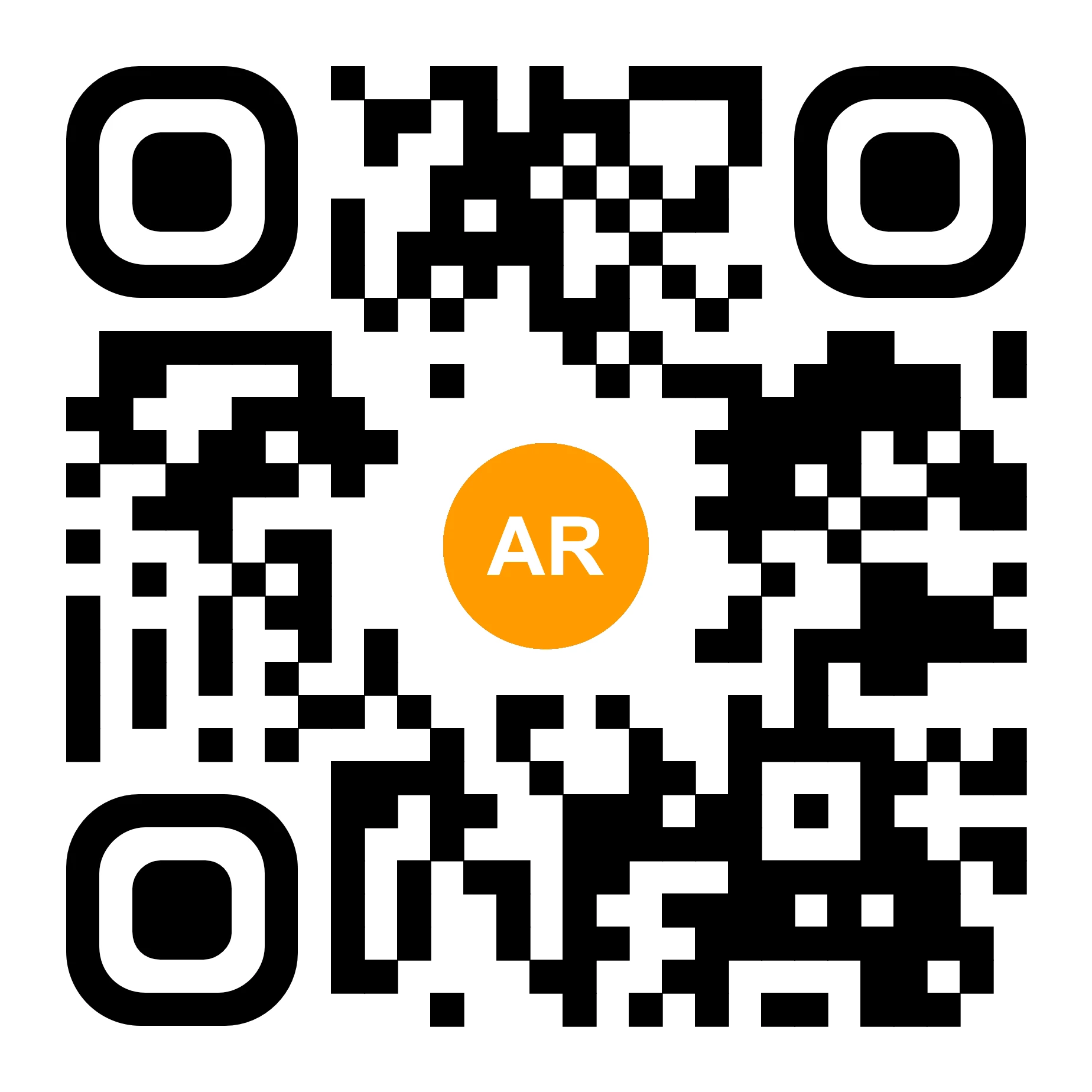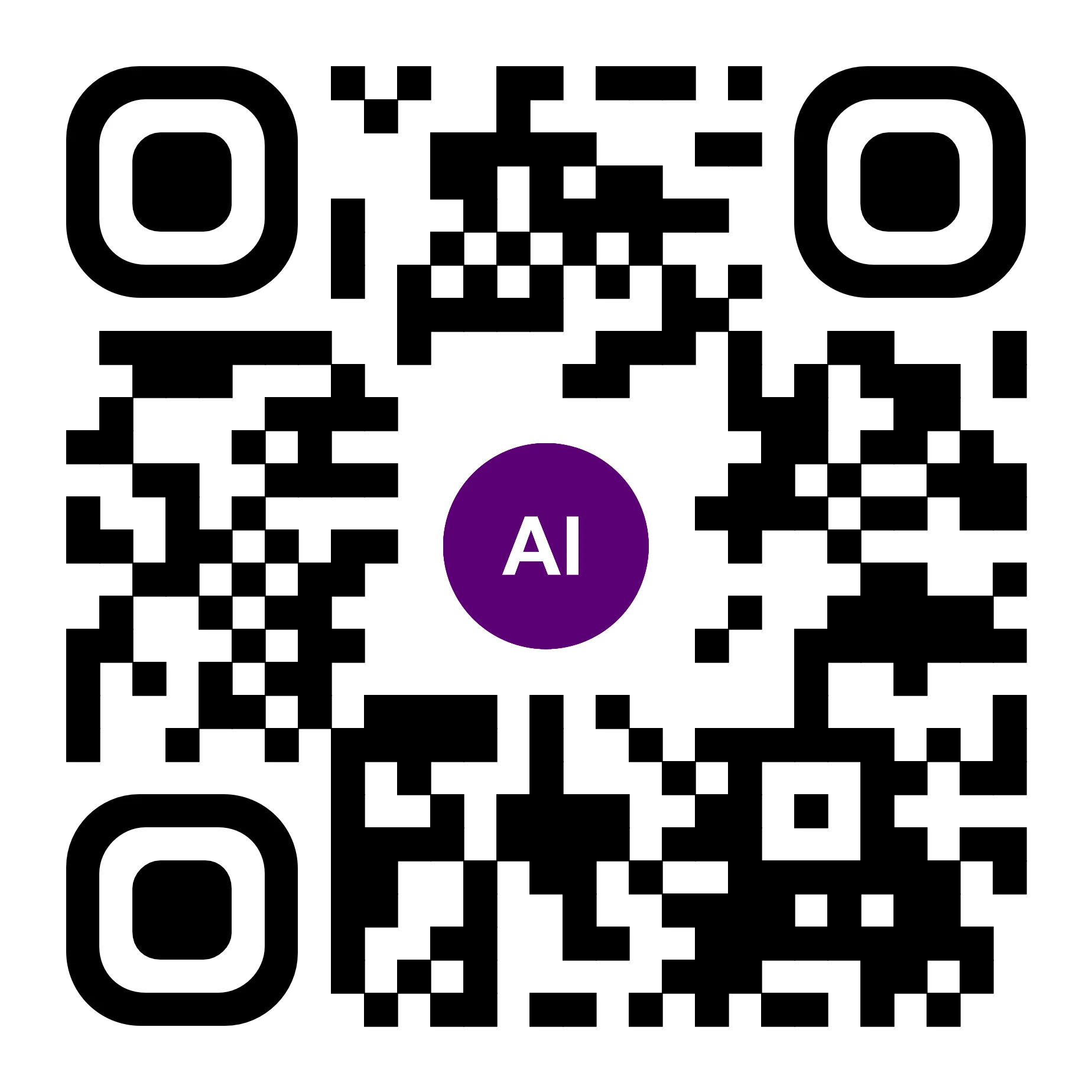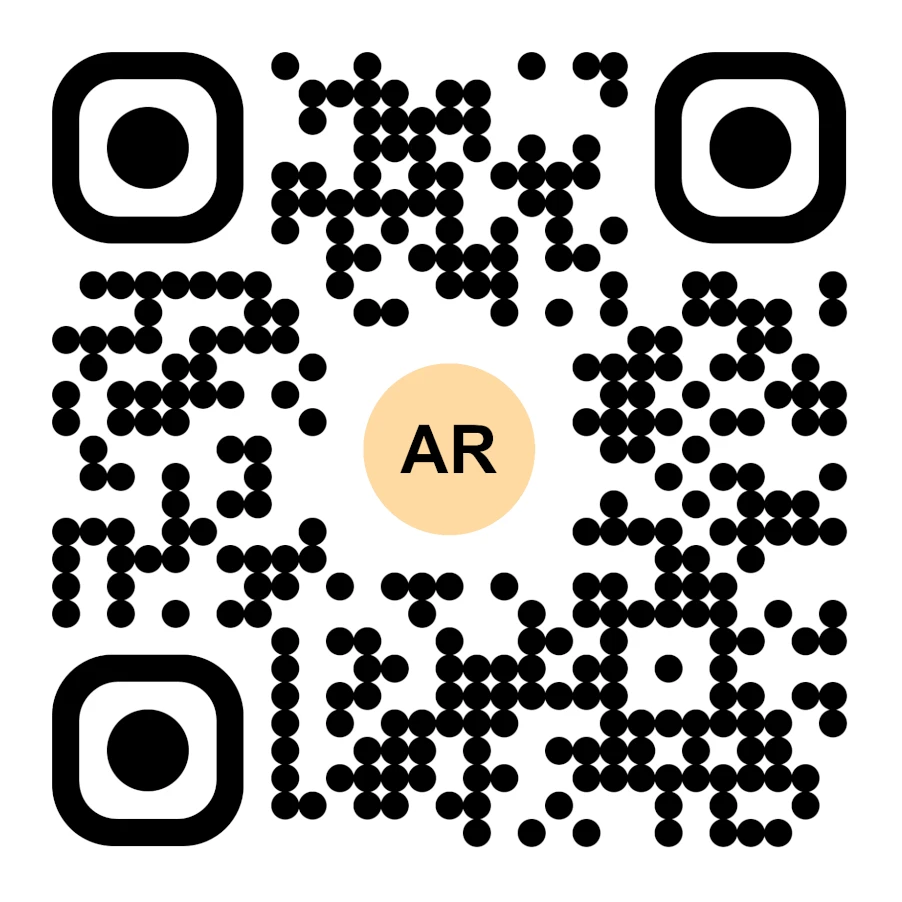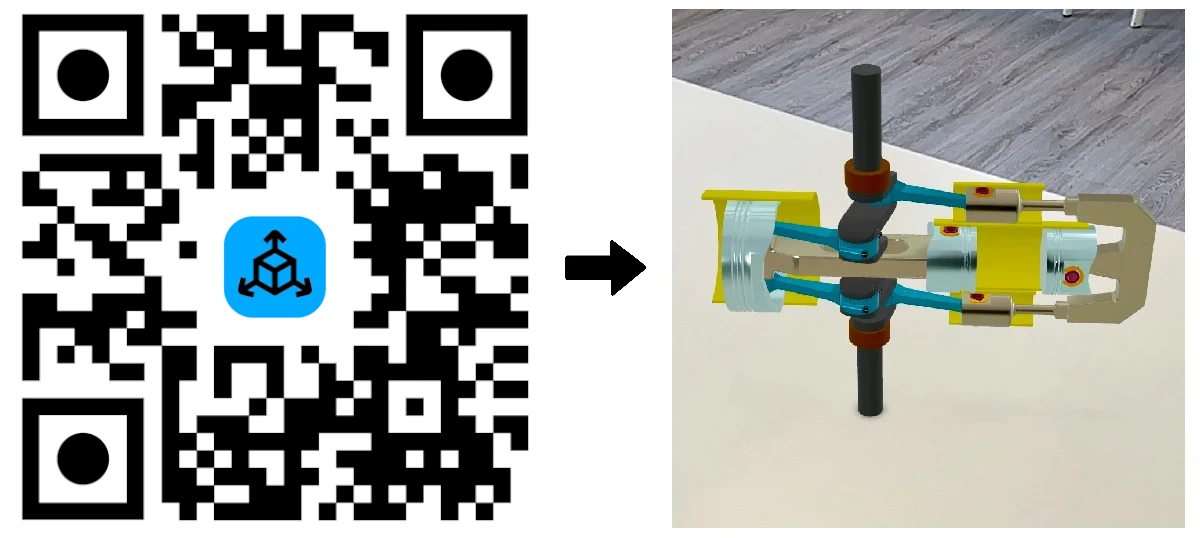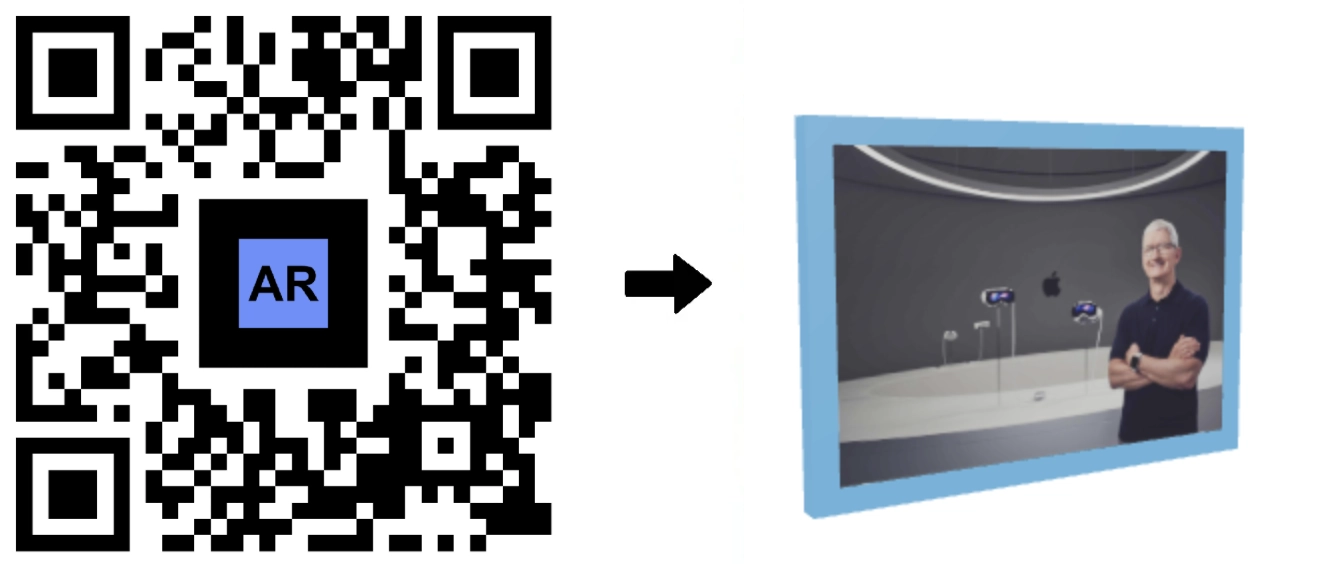
AR Code's 3D Modeling Apps for the Apple Vision Pro
AR Glasses & Headsets | 03/01/2026
Accelerate business innovation and enhance customer engagement with advanced AR Code SaaS augmented reality solutions optimized for the Apple Vision Pro AR/VR headset and fully supported on iPhone and iPad. Now, with the launch of the Apple Vision Pro on February 2, 2024, your company can use mixed-reality to improve product demos, interactive marketing, employee training, and workflows. Vision Pro and visionOS deliver intuitive motion gestures, advanced eye tracking, and speech recognition, driving immersive spatial computing for every industry.

AR Videos on the Meta Quest 3 with AR Code: A New Dimension of Immersive Advertising
AR Glasses & Headsets | 03/01/2026
Meta Quest 3 is redefining the augmented reality landscape for businesses, enabling immersive AR video content that maximizes engagement and delivers measurable results. Companies seeking to elevate their brand presence and stand out from the competition can harness the power of Meta Quest 3 combined with the robust AR Code SaaS platform to create meaningful, interactive customer experiences.

AR Code on the Meta Quest 3: Enhancing Visualization of 3D Models in Augmented Reality
AR Glasses & Headsets | 03/01/2026
Meta Quest 3 revolutionizes how businesses adopt augmented reality and virtual reality. Announced at Connect 2023, this cutting-edge headset features a sleek design, advanced Snapdragon XR2 Gen 2 processor, and up to 512GB storage, positioning Meta Quest 3 as the top choice for immersive AR and VR business experiences.
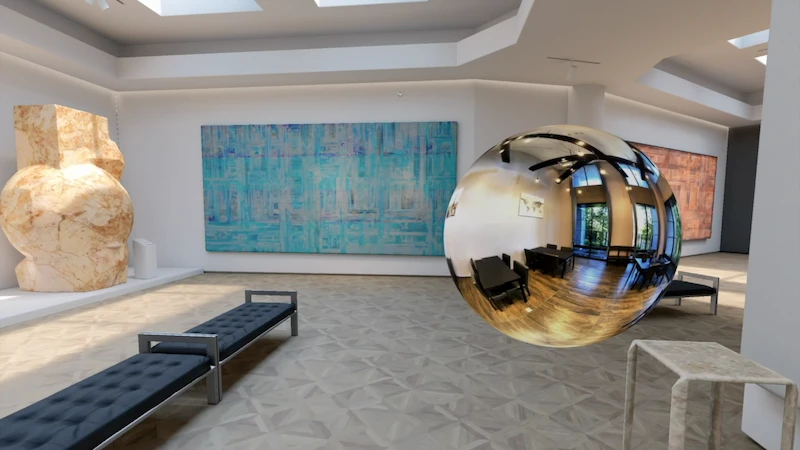
AR Codes are Automatically Compatible with the Apple Vision Pro and its VisionOS
AR Glasses & Headsets | 02/01/2026
Step into the expanding world of augmented reality for business with AR Code SaaS solutions, where physical products connect with immersive digital experiences. Boost customer engagement and brand value by leveraging Apple Vision Pro and the AR Code SaaS platform, proven to drive measurable growth and set your business apart in any industry.

Apple Vision Pro Headset Details and its 3D Models USDZ & GLB via an AR Code
AR Glasses & Headsets | 02/01/2026
Empower your business to lead the immersive technology revolution with the Apple Vision Pro headset. Launching February 2, 2024, this device features the high-performance M2 chip, fast Wi-Fi, and dual 4K micro OLED displays. Apple Vision Pro is transforming enterprise AR and VR, providing organizations with seamless digital capabilities and innovative opportunities.

AR FaceTime on the Apple Vision Pro Headset
AR Glasses & Headsets | 03/01/2026
Apple Inc. is revolutionizing digital communication with immersive augmented reality solutions. The Apple Vision Pro headset and visionOS set new standards for business interaction, transforming FaceTime into a dynamic platform for enterprise engagement. Maximize your company’s digital impact by leveraging scalable AR Code SaaS solutions and advancing your organization’s AR strategy.
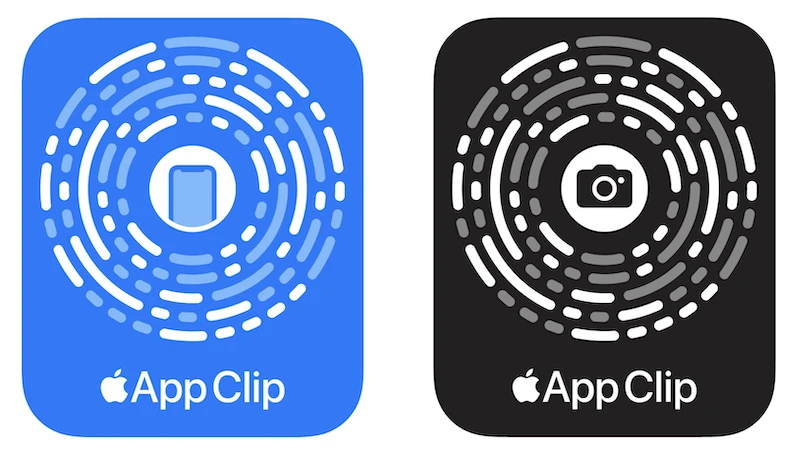
App Clip Codes and Apple Vision Codes: anchoring Augmented Reality Experiences on iOS 17 and visionOS
AR Glasses & Headsets | 03/01/2026
Apple is revolutionizing augmented reality for business with App Clip Codes and the Apple Vision Pro Headset. Launched on iOS 14 and expanded in iOS 17, these platforms enable companies to create immersive AR experiences that drive customer engagement and deliver measurable results. With direct visionOS and Vision Pro compatibility, your brand can rapidly deploy advanced AR content to captivate users and stand out in any market.

Apple Vision Code: The Future of AR and QR Codes on visionOS
AR Glasses & Headsets | 02/01/2026
The launch of the Apple Vision Pro headset on February 2, 2024, is revolutionizing how businesses implement augmented reality (AR) and virtual reality (VR). This cutting-edge AR/VR device enables organizations to create immersive, interactive experiences that increase customer engagement, boost product visualization, and deliver digital content in innovative ways.
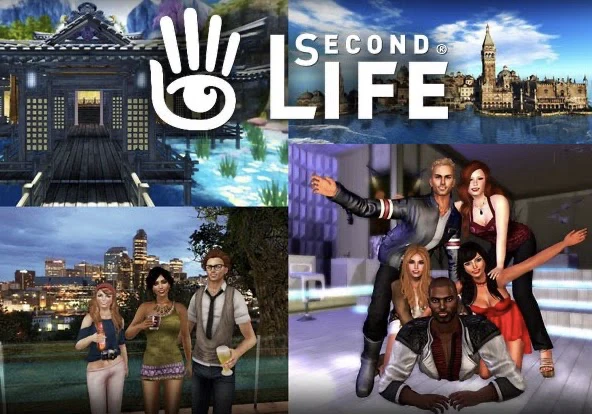
Metaverse, Virtual Reality, and Augmented Reality: Apple's and Meta's plans
AR Glasses & Headsets | 02/01/2026
Augmented reality (AR) and virtual reality (VR) are revolutionizing business strategies by helping organizations deliver immersive, interactive experiences. Companies now use AR and VR to engage customers, drive conversions, and strengthen brand loyalty. Embracing these technologies creates new growth opportunities and transforms how businesses connect with clients.
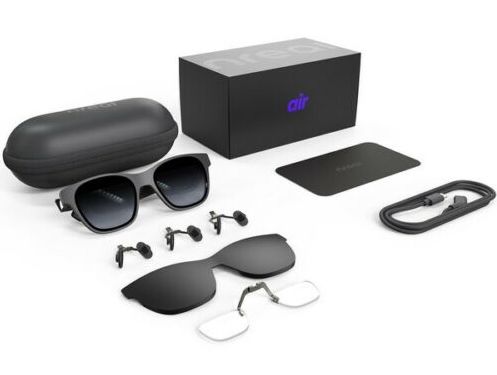
Augmented Reality Glasses to Replace Smartphones Within 10 Years ?
AR Glasses & Headsets | 02/01/2026
Over the next decade, augmented reality glasses will reshape how businesses interact with customers and teams. Cutting-edge AR glasses and headsets blend digital content with the physical world, upgrading communication, engagement, and real-time information access. Companies that adopt AR Code SaaS solutions early will achieve industry leadership and unlock new ways to surpass competitors.

Apple Vision Pro Headset: A New Era of Augmented Reality
AR Glasses & Headsets | 02/01/2026
On June 5, 2023, Apple unveiled the Apple Vision Pro, a next-generation augmented reality headset that is transforming business and consumer interactions. Debuting in the US on February 2, 2024, Vision Pro introduces cutting-edge AR technology, fueling digital transformation and unlocking powerful AR capabilities for enterprises across every sector.
Immersive technology is evolving quickly, making AR glasses and headsets vital for businesses and consumers in the digital landscape. These smart devices use advanced sensors, cameras, and high-resolution displays to overlay 3D digital content onto the real world. With spatial computing, they drive business productivity, improve employee training, and modernize communication.
AR Glasses and Headsets for Enterprise: Powering Digital Transformation
AR glasses and headsets are revolutionizing many industries. In manufacturing, they deliver hands-free training and real-time maintenance support. In education, they create interactive learning experiences, while healthcare benefits from remote diagnostics and treatment support. Retail uses AR glasses for customer engagement and digital brand interaction. Augmented reality is now essential in industrial manufacturing and education.
The top AR glasses and headset devices for enterprise include:
- Meta Quest 3, 3S & Pro: Leading standalone headsets with high-resolution displays, color passthrough, and spatial tracking. Ideal for enterprise training, simulations, virtual collaboration, and seamless remote integrations.
- Samsung Galaxy XR: A cutting-edge XR headset featuring 4K micro-OLED displays, full control options, and AI. Designed for hybrid work, collaborative design, and spatial dashboards at a competitive price.
- Magic Leap 2: AR glasses specialized for remote assistance, digital twin visualization, and advanced 3D workflows in healthcare, manufacturing, and AEC.
- Lenovo ThinkReality A3: Lightweight AR glasses offering spatial computing, virtual monitors, and robust tracking for PC and mobile workspace extension with centralized field-service management.
- Epson Moverio BT-45 Series: Industrial AR glasses with Si-OLED displays, safety certifications, and helmet compatibility, optimized for frontline workers, remote support, and inspections in manufacturing and utilities.
- Snap Spectacles (5th Gen): Standalone AR glasses for brands and creators to deliver interactive Lens-based experiences blending physical and digital content.
- XREAL Air 2 Series: Ultra-light AR display glasses converting devices to large virtual screens, excellent for immersive collaboration, productivity, and media.
- Apple Vision Pro (M5): Apple’s advanced spatial computing headset supporting visionOS, a new M5 chip, AI, and integrated Apple Vision Pro AR Codes for enterprise collaboration and sales.

AR glasses and headset adoption is rapidly growing, powering customer experiences, employee training, and collaboration. Explore how AR is improving engagement in museums.
AR QR Codes: Instant Augmented Reality Access
AR QR Codes offer instant, app-free 3D augmented reality experiences on smart glasses and mobile devices. Ideal for product demos, training instructions, and branded content, these AR codes make AR easy to access. Learn how to scan AR Codes for fast AR activation.
Compatible with iOS, iPadOS, visionOS, Android, and Meta Horizon OS, AR QR Codes are powered by WebAR and A-Frame. Businesses apply AR Codes on product packaging, event signage, and equipment for marketing, sales, and operations impact. Find top applications in real estate, packaging, and business cards with AR.
AR Code SaaS: Unified Platform for AR Headset Content
AR Code delivers a unified SaaS platform for designing, deploying, and managing AR content across AR glasses and headsets. Developers utilize ARKit to distribute experiences through Apple devices, including iPhones, iPads, and Apple Vision Pro. For details, view the AR Code SaaS plans and licenses overview.
Businesses can quickly implement AR for digital workflows, interactive manuals, product previews, and remote training. Discover AR advantages in interactive digital advertising, visual e-commerce, and see how custom AR Code links boost user engagement.
Meta Quest 3: Advanced AR QR Code and Spatial Content Solutions
AR QR Codes provide interactive 3D content and immersive augmented reality videos to Meta Quest 3. With browser-based delivery, Meta Quest 3 advances business training, product visualization, and real-time team collaboration.
Apple Vision Pro Integration: AR QR Codes on visionOS
AR Code is optimized for Apple Vision Pro, supporting fast AR deployment on visionOS. Businesses can deliver immersive AR directly into users’ views with no downloads required. For more, see the Apple Vision Pro headset overview.
Conclusion: Accelerate Enterprise Growth with AR Code and Augmented Reality
AR glasses and headsets are accelerating business digital transformation. AR Code’s scalable SaaS platform ensures rapid AR deployment, increased ROI, and efficient workflows. Boost engagement, collaboration, and project outcomes with AR Codes for collaborative design.
With Apple Vision Pro and innovative AR ecosystems, AR Code positions your enterprise at the forefront of spatial computing. Implement enterprise-ready AR to future-proof your business now.
Frequently Asked Questions
What is the expected impact of AR glasses and headsets on the future of enterprise technology?
AR glasses and headsets are key to enterprise operations, offering remote support, instant data, and hands-free workflows. They improve efficiency and engagement. Discover how AR Codes empower smart city solutions.
Which AR glasses and headsets are most suited for enterprise use?
Top enterprise AR devices include HoloLens, Magic Leap, Meta Quest Pro, Lenovo ThinkReality, Epson Moverio, and Apple Vision Pro. They offer advanced spatial features, digital twins, and enterprise integration. Get tips on choosing the best AR SaaS platform.
What makes AR Code a valuable solution for AR headset deployment?
AR Code simplifies the creation and delivery of AR content for both smartphones and headsets, with no apps required. Businesses can launch interactive AR experiences instantly. See how to build custom AR Code experiences for your users.
How will the Apple Vision Pro change the AR landscape?
Apple Vision Pro ushers in superior visuals, advanced eye-tracking, and a spatial user interface for AR. It redefines storytelling, productivity, and business workflows. AR Code supports full compatibility. Find out more about Apple Vision Pro Codes.
Which industries benefit most from AR Code and AR headsets?
Industries like manufacturing, logistics, healthcare, education, and field service benefit most from AR Code and AR headsets. They deliver fast AR deployment, improved safety, advanced training, productivity, and customer satisfaction. Read industry insights on AR 3D models for industry and educational AR models.
154,572 AR experiences
560,190 Scans per day
130,275 Creators
